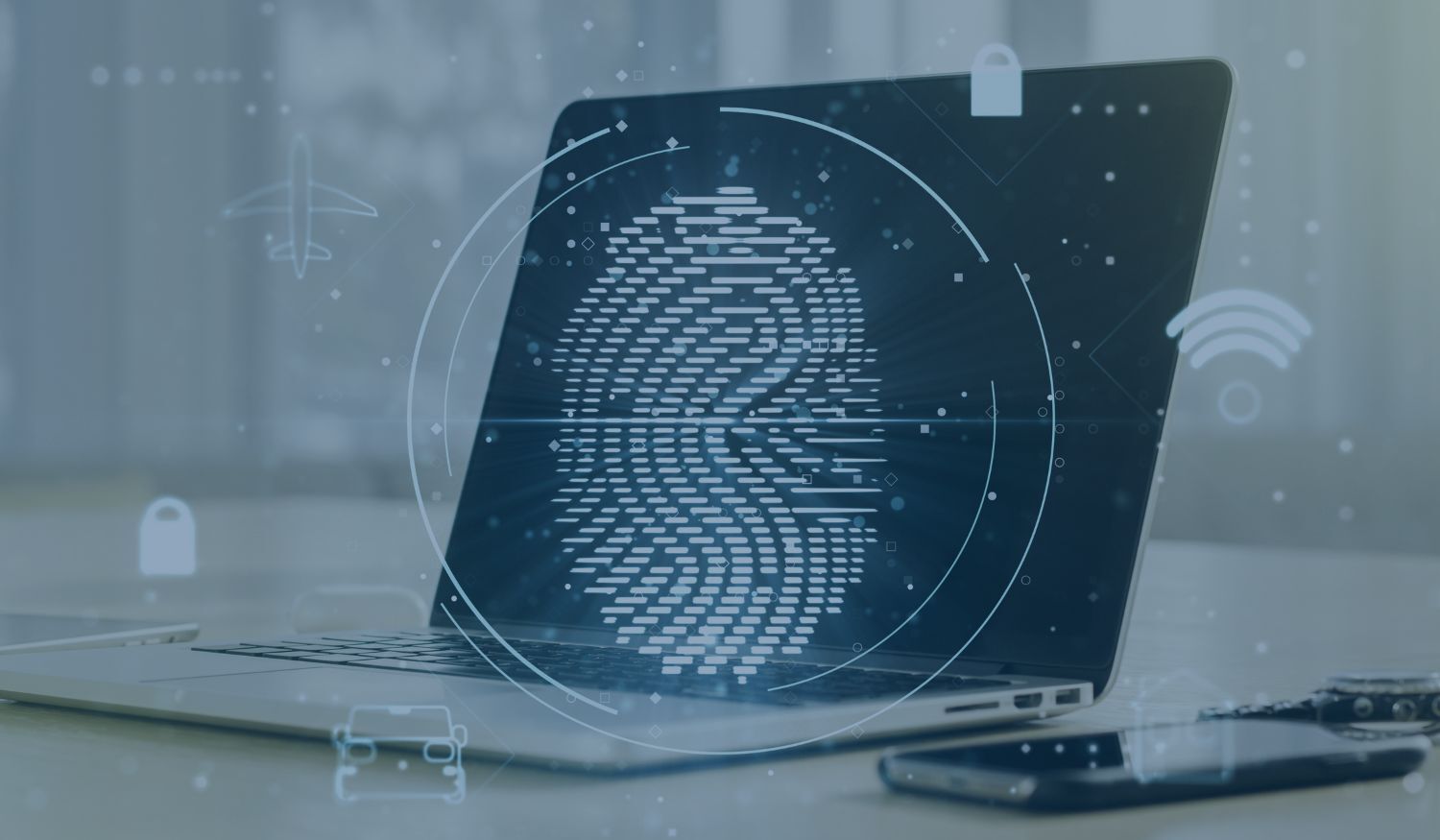Why Predictive Identity Verification is Failing and How to Fix It
For years, we have relied heavily on predictive identity models, layering device signals, behavioral analytics, and transactional history to infer whether someone is who they claim to be. However, inference isn’t sufficient anymore. The reality is that threat actors now use AI, deepfakes, and stolen credentials to mimic legitimate behavior and evade predictive models.
Predictive Identity Verification (IDV) is fundamentally flawed because it depends on probabilistic inference instead of providing definitive proof of identity. Traditional models examine behavioral signals, device fingerprints, and transactional history to assess whether a user is legitimate.
A primary weakness of predictive IDV is its reliance on step-up authentication mechanisms such as OTPs, push notifications, and knowledge-based authentication, methods that can be easily phished, intercepted, or bypassed through social engineering. Furthermore, most enterprises verify identity only during onboarding, leaving subsequent logins vulnerable to compromised credentials.
A more effective approach, readily available, is centered on high-assurance, deterministic identity verification (IDV), ensuring that every login is supported by definitive proof instead of probabilistic guesswork.
Deterministic IDV eliminates guesswork during authentication. Rather than depending on probability, it guarantees that each authentication event is supported by definitive proof of identity. This ensures that verified biometrics, such as face or fingerprint matching against a government-issued ID, are employed at the point of authentication. A cryptographic link connects the user’s biometric identity to their authentication mechanism. Live identity verification occurs in real time instead of relying on historical behavioral analysis.
With this model, authentication is not about determining “how likely is this to be the correct user?” Instead, it results in a binary outcome either the verified biometric matches or it doesn’t. There is no space for manipulation, guessing, or inference.
How to Fix Step-Up Authentication
Predictive IDV models are inherently unreliable, often relying on step-up authentication layers. However, their fallback methods OTPs, push notifications, and knowledge-based authentication are insecure and create friction.
Using biometric authentication as the primary and fallback method allows a user to perform a live face match against their previously verified biometric template instead of entering a code. This approach is significantly more secure than sending an OTP, which can be intercepted or phished. The user experience remains seamless, minimizing authentication friction.
This marks a fundamental shift. Rather than adding more authentication factors, enterprises need to streamline the authentication process itself. Biometrics offer a simple, seamless, and secure method to verify identity without adding unnecessary complexity.
Why Every Login Matters
Most enterprises treat IDV as a standalone process verifying a user’s identity just once, typically during onboarding, and subsequently relying on weaker authentication methods. This creates a significant vulnerability. Attackers don’t need to compromise the onboarding process; they simply need to find a way in after the identity has been initially verified.
Integrated IDV closes this gap by enforcing high-assurance identity verification with each login. Instead of treating IDV as a one-time event, it should be incorporated into every authentication workflow. Each login event should be authenticated using biometrics rather than depending on stored credentials or predictive models. If an additional authentication factor is necessary, it should be a biometric challenge instead of an OTP or push approval.
This method removes historical trust models as an attack vector by implementing real-time identity verification. It significantly increases the difficulty for attackers to access accounts, even if they possess stolen credentials.
Biometric Authentication is the Future
Unlike passwords, OTPs, or behavioral models, biometric authentication isn’t merely an additional security layer, it represents a fundamental shift in how enterprises should approach identity verification. It establishes an unchangeable connection between a person and their method of authentication. Key advantages include:
- Eliminates phishing risk – Users authenticate with their biometric data rather than typing in a password or OTP that can be intercepted.
- No more credential stuffing – Since biometric authentication doesn’t rely on stored credentials, attackers can’t use stolen username-password pairs.
- Seamless user experience – Instead of forcing users to remember passwords or go through frustrating step-up methods, authentication is effortless.
- Stronger compliance – Regulatory frameworks such as PSD2, GDPR, and NIST encourage strong, verifiable identity authentication—biometrics meet and exceed these requirements.
Building a High-Assurance Authentication Strategy
To transition to a high-assurance IDV model, enterprises should:
- Move from one-time IDV to continuous verification – Identity should be reverified at every login, not just during onboarding.
- Replace OTP-based step-up authentication with biometric verification – No more relying on insecure fallback methods.
- Implement identity orchestration – Ensure IDV is consistent across all authentication workflows.
- Enforce cryptographic binding – Link biometric authentication to cryptographic credentials for stronger security.
Authentication is at a crossroads. The traditional approach, predictive ID verification layered with weak step-up authentication, has failed. Attackers have learned to exploit the gaps, and users are burdened with unnecessary friction. The solution isn’t more layers of guesswork; it’s high-assurance, deterministic identity verification.
Integrating verified biometric authentication into every login allows enterprises to eliminate phishing, credential theft, and vulnerabilities associated with step-up authentication. This isn’t merely an improved security model, it’s a vital evolution in authentication. The era of probabilistic identity verification has ended. The future lies in deterministic, high-assurance identity verification at every access request.
Share this
You May Also Like
These Related Stories

How Non-Human Identities Differ from Human Identities

Methods to Prevent Industrial Espionage from Insider Threats


